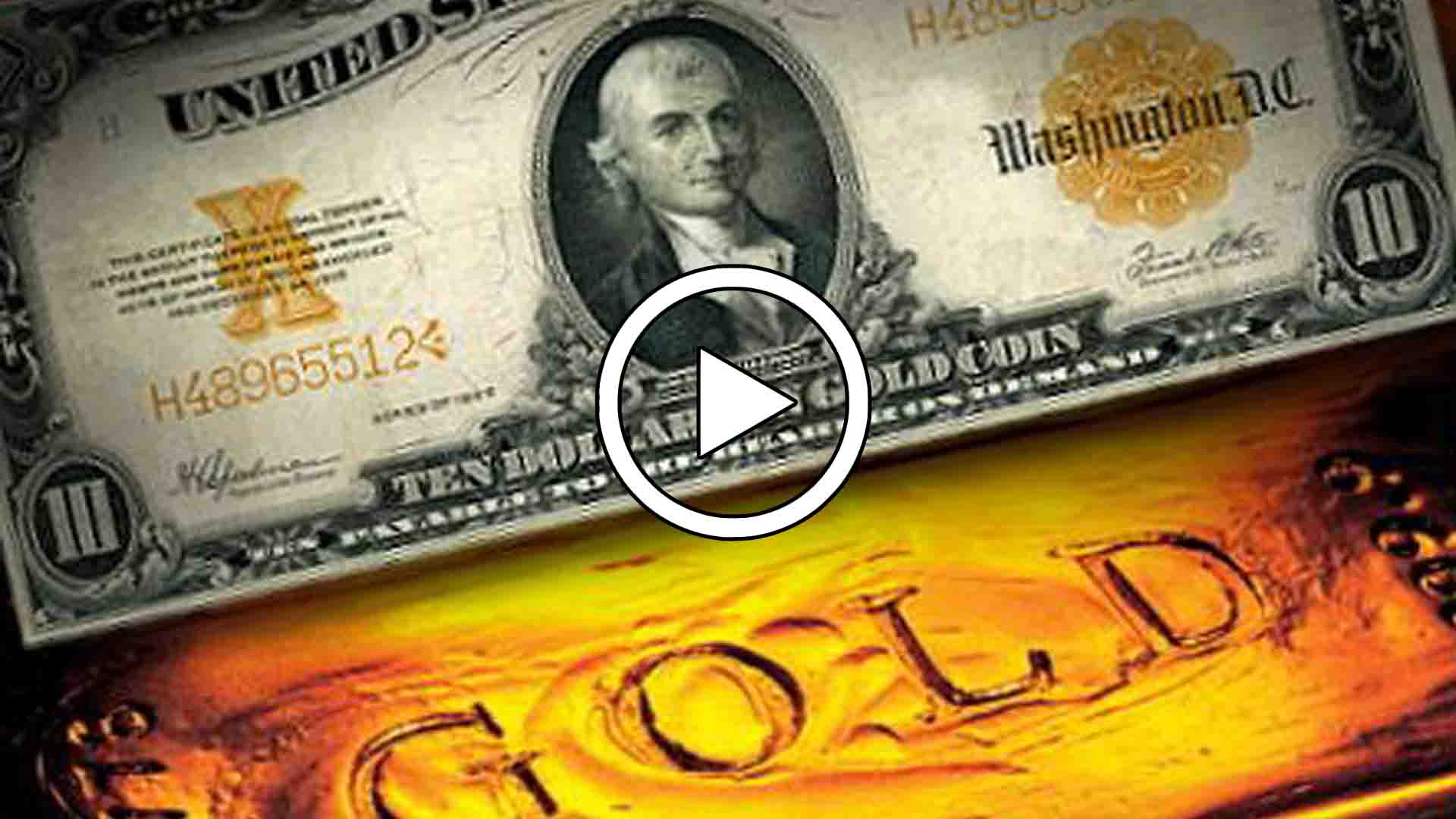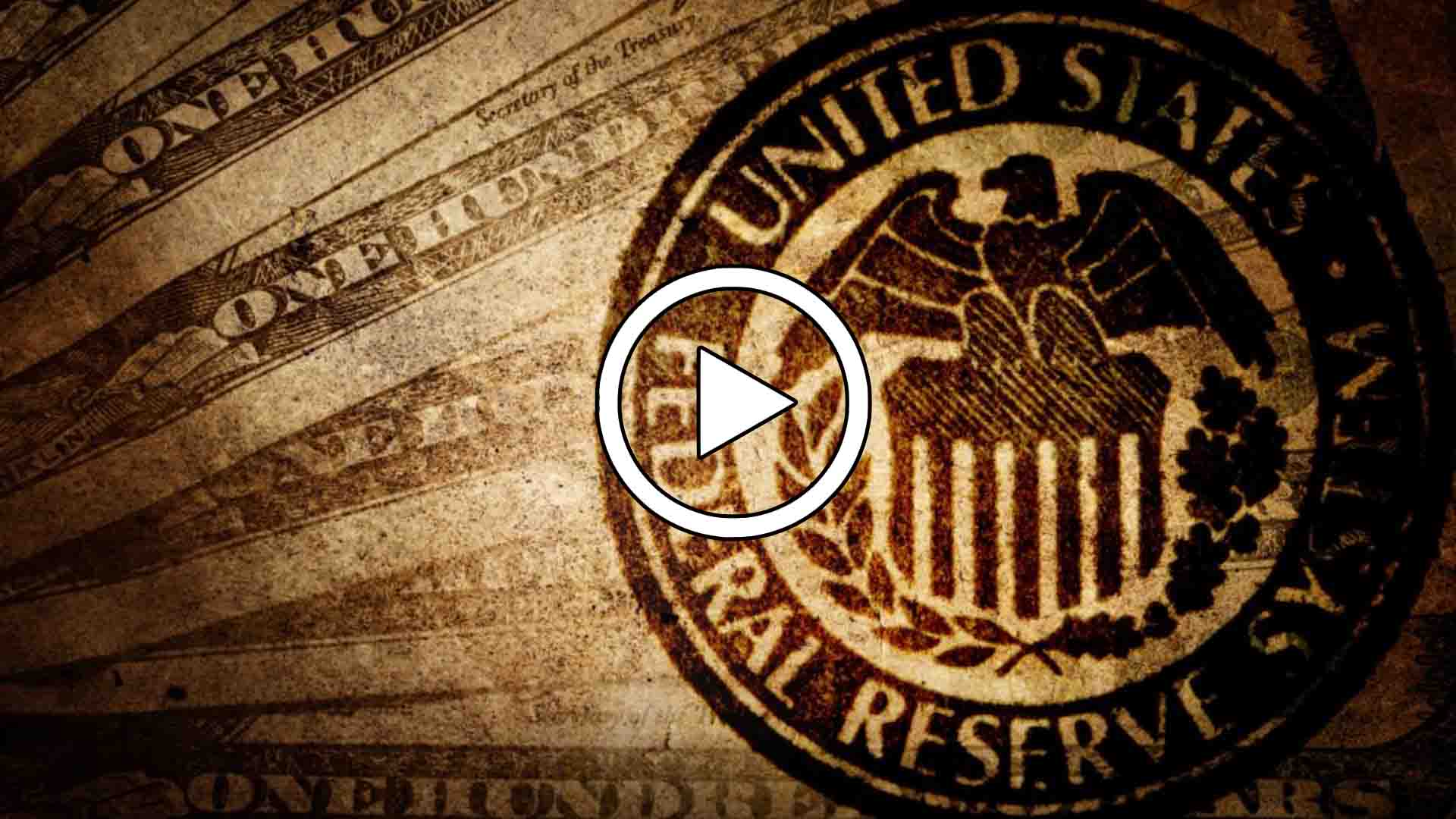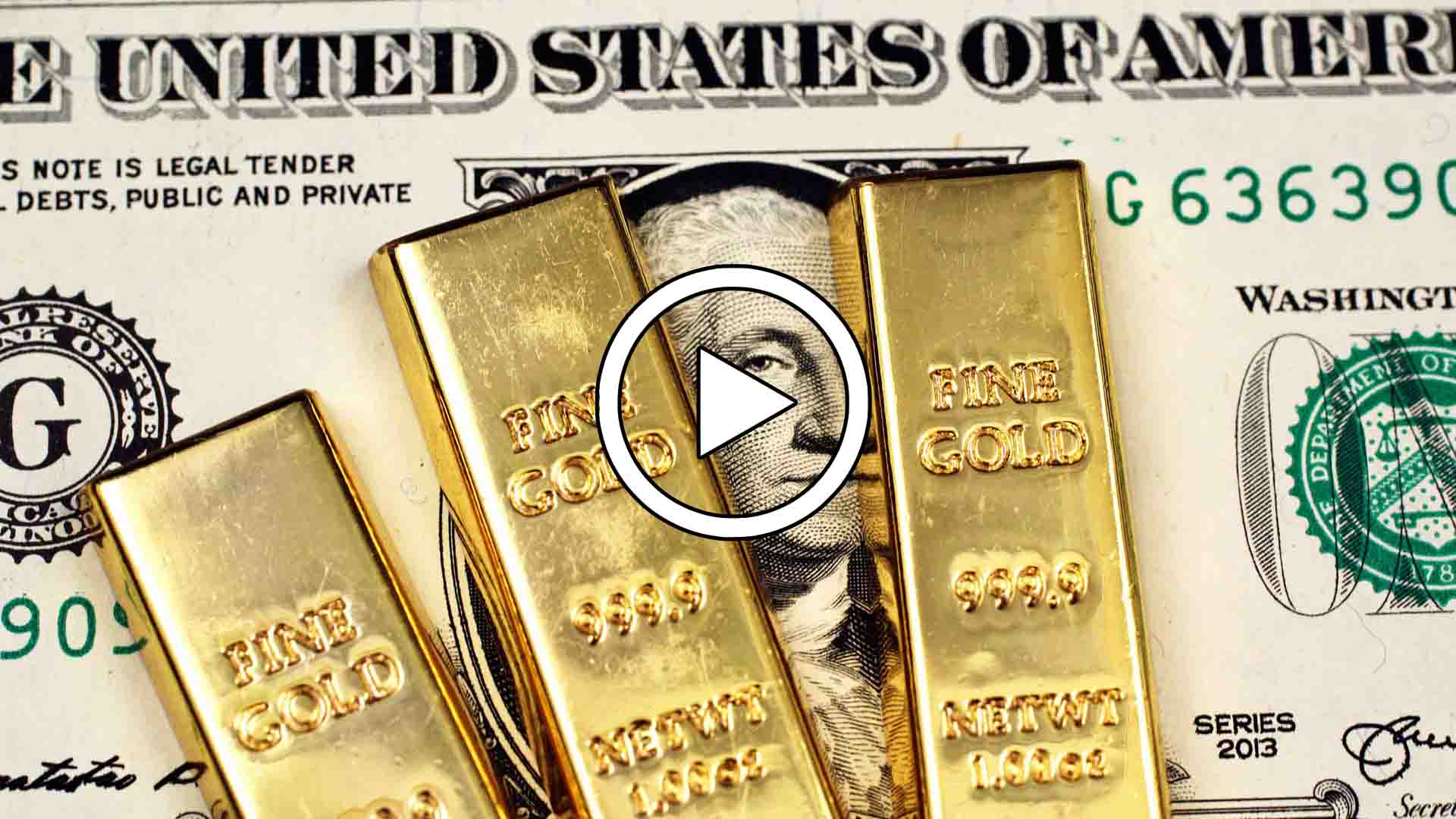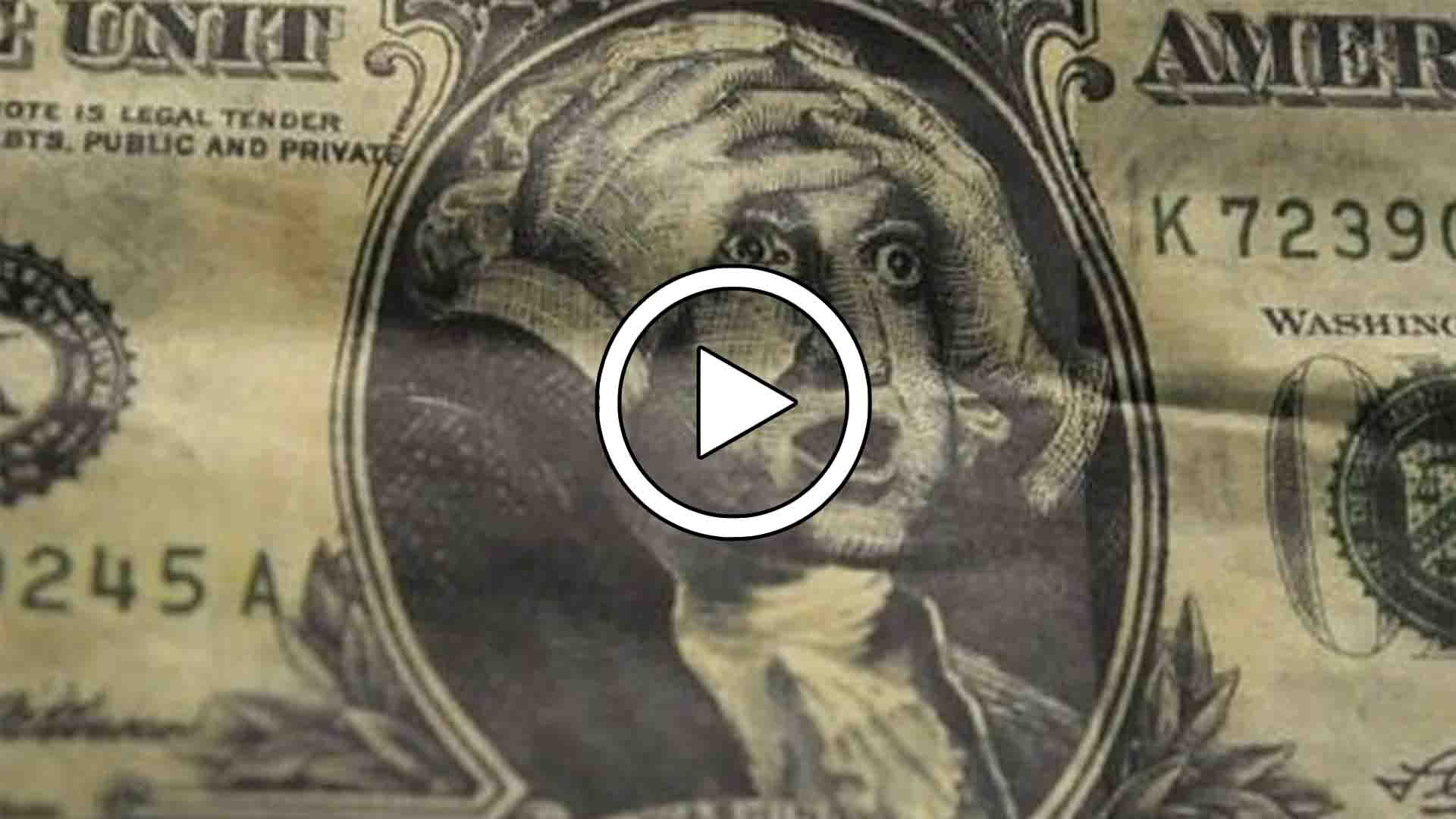The Constitution and Money
The role of money in the United States is not something that was left open to interpretation in the Constitution. In fact, the original intent of the document is very clear on the matter, as evidenced by the historical context in which it was written. When the states joined together to form a union, one of the agreements they made was to use a common coinage to facilitate trade between them. However, this meant that individual states would have to give up their right to control their own money and entrust that responsibility to the newly created federal government. It was up to the federal government to set the standards for the coinage and ensure that those standards remained consistent and of high quality. The text of this mandate can be seen below:
“No state shall…coin money, emit bills of credit, make anything but gold and silver a tender in payment of debts…”
The first part limits the powers of the states, “No state shall…coin money…”. States’ had coined money at the time. The second part “No state shall…emit bills of credit…” Now, that is one of those peculiar words, if you were living in that time, you knew what that meant. It meant what essentially we know of today as unbacked paper money (not to be confused with gold or silver certificates). So, no state government itself can create unbacked paper money, nor set up any kind of a bank that’s controlled by the state to do it for them. The third part “No state shall…make anything but gold and silver coin a tender in payment of debts…” Now, notice the language, no state shall make anything BUT gold and silver coin. When drafting any legal document, the term shall is used to say that something must be done (as opposed to the term may which simply means that something is allowed). So, when put in legal context, states CAN and SHOULD make only gold and silver coin a tender in payment of debts.
The next part of the Constitution states the federal government’s responsibility, specifically congress:
“To coin money, regulate the value thereof, and of foreign coin, and fix the standard of weights and measures;”
The Constitution clearly outlines the powers and responsibilities of Congress regarding money. They are responsible for minting coins, regulating their value, and fixing the standard of weights and measures to ensure trade flows smoothly. The historical background shows that the Founding Fathers had firsthand experience with the dangers of unbacked paper money or fiat currency, having witnessed its disastrous effects during the War of Independence when the states and Congress emitted large amounts of paper money to finance the war, ultimately destroying the currency. As a result, the Constitution was constructed to prevent this from happening again by not allowing unbacked paper money at the national or state level.
Constitutional Money
The following video outlines the Constitution’s description of money and takes us historically through to the “dollar” of today.
The Revolutionary War and the Destruction of the Continental
If the above video is an explanation of Constitutional Money. Then, the following lecture is the reason why it was put into our founding document. The founders had experience with money, in fact, they destroyed the first currency they created. For a historical lesson on the destruction of America’s first currency, The Continental, listen to the audio below. It is Dr. Thomas Woods, Jr’s lecture on the subject. You can also download the Mp3.
The Revolutionary War and the Destruction of the Continental
The Federal Reserve (Our National Bank)
The Federal Reserve Act, signed into law in 1913, established the United States’ third central bank, the Federal Reserve. The debate over whether the country should have a central bank or not has been ongoing. However, it is certain that when a nation has a central bank, the government tends to grow rapidly, and inflation becomes a significant issue for the average citizen. In the video below, G. Edward Griffin, the author of “The Creature From Jekyll Island,” explains the history of the institution and the Federal Reserve System in an easily understandable manner through a question-and-answer style session. It is worth noting that the Communist Manifesto calls for a central bank in its fifth plank.
Money In A Free Society
Understanding the concept of money is crucial for any discussion related to the economy and economics. What exactly is money? Is it the paper or metal that we carry in our pockets, or is it something else entirely? Is money just a token that is only useful for exchange, or does it need to have intrinsic value? These are important questions to ask, especially when considering the relationship between money and government.
This film explores these questions in depth and highlights the fact that money can exist in a society without any government involvement in the monetary system. It emphasizes the importance of understanding the monetary system and its relationship to government in order to have a better understanding of the economy as a whole.



